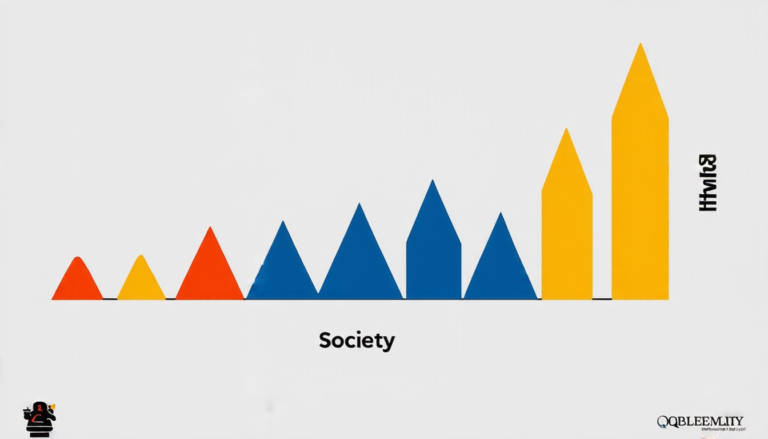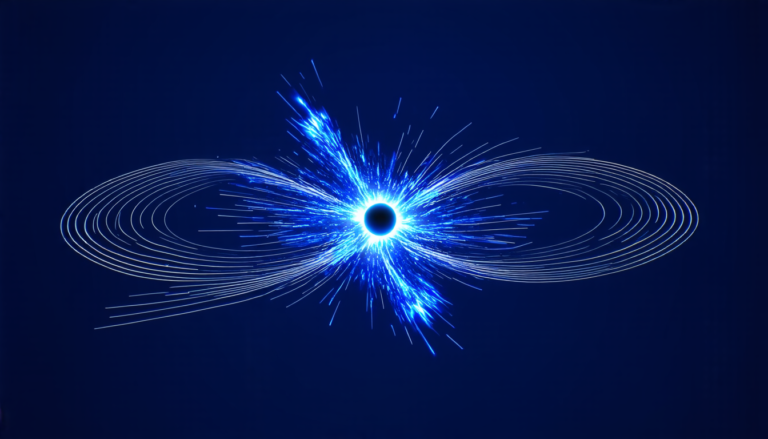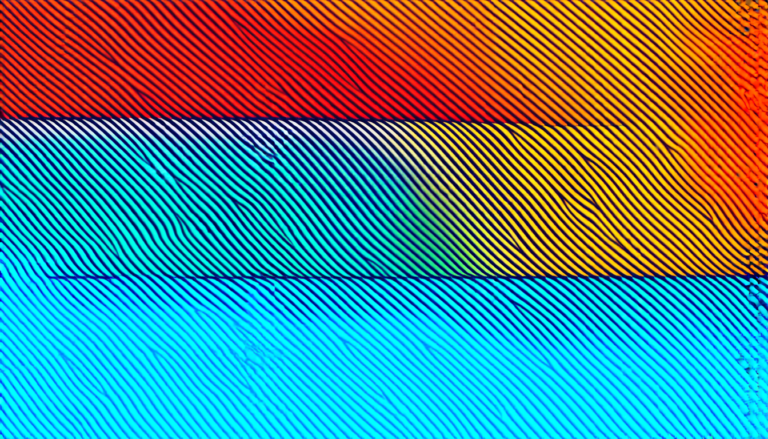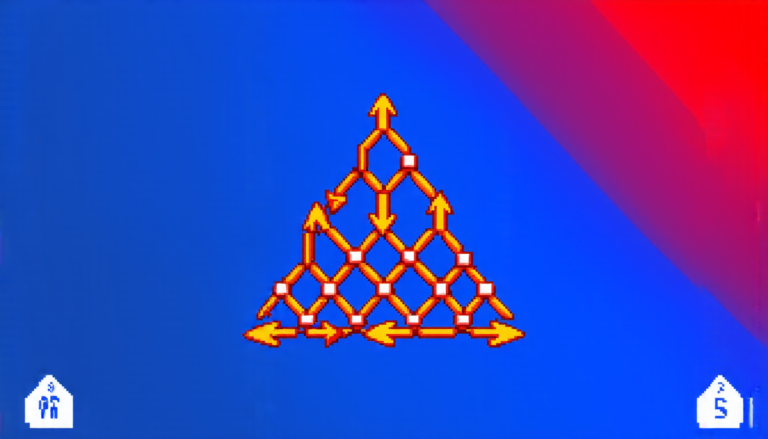Sunday 06 April 2025
The intricate dance of light and pigments in photosynthetic organisms has long fascinated scientists. Photosynthesis, the process by which plants convert sunlight into energy, is a complex phenomenon that relies on the precise arrangement of molecules within these organisms. Now, researchers have made significant strides in understanding how this process works at the molecular level.
A team of scientists has used advanced computational methods to study the behavior of bacteriochlorophyll a (BChl a), a key pigment found in photosynthetic bacteria. BChl a plays a crucial role in absorbing light energy and transferring it to other molecules, ultimately fueling photosynthesis. The researchers focused on the B800 ring, a structure composed of nine BChl a molecules that is responsible for absorbing light at a wavelength of 800 nanometers.
Using time-dependent density functional theory (DFT), the team simulated the behavior of individual BChl a molecules and the entire B800 ring. Their findings suggest that the interaction between adjacent BChl a molecules in the B800 ring is negligible, meaning that the absorption properties of each molecule remain largely unchanged when they are arranged together.
This result has significant implications for our understanding of photosynthesis. It suggests that the structural organization of pigments within these organisms does not play a major role in determining their optical properties. Instead, it is the protein surroundings that influence the behavior of the pigments and ultimately govern the efficiency of photosynthesis.
The researchers also found that time-dependent procedures are essential for accurately describing the optical properties of BChl a molecules. Using frequency-dependent dielectric matrix calculations alone can lead to incorrect predictions about the position of Qy peaks, which are responsible for characteristic features in absorption spectra.
These findings have important implications for the development of more efficient artificial photosynthetic systems. By understanding how pigments behave at the molecular level, scientists may be able to design new materials that can mimic the efficiency of natural photosynthesis.
The study’s authors used a combination of computational methods, including density functional theory and real-time propagation of electron dynamics, to simulate the behavior of BChl a molecules. These approaches allowed them to accurately model the complex interactions between light, pigments, and protein surroundings.
In addition to advancing our understanding of photosynthesis, this research highlights the importance of combining theoretical and experimental approaches in scientific inquiry. By leveraging the strengths of both methods, scientists can gain a deeper understanding of complex biological processes and develop innovative solutions for real-world challenges.
Cite this article: “Unlocking the Secrets of Photosynthesis: A Theoretical Study of Bacteriochlorophyll a Optical Properties”, The Science Archive, 2025.
Photosynthesis, Molecular Level, Bacteriochlorophyll A, B800 Ring, Density Functional Theory, Time-Dependent Density Functional Theory, Dielectric Matrix, Optical Properties, Artificial Photosynthetic Systems, Computational Methods.







